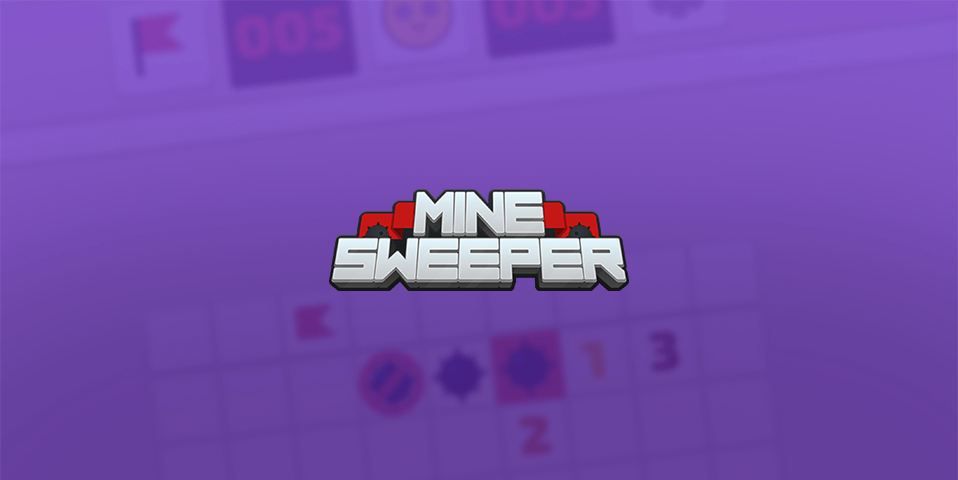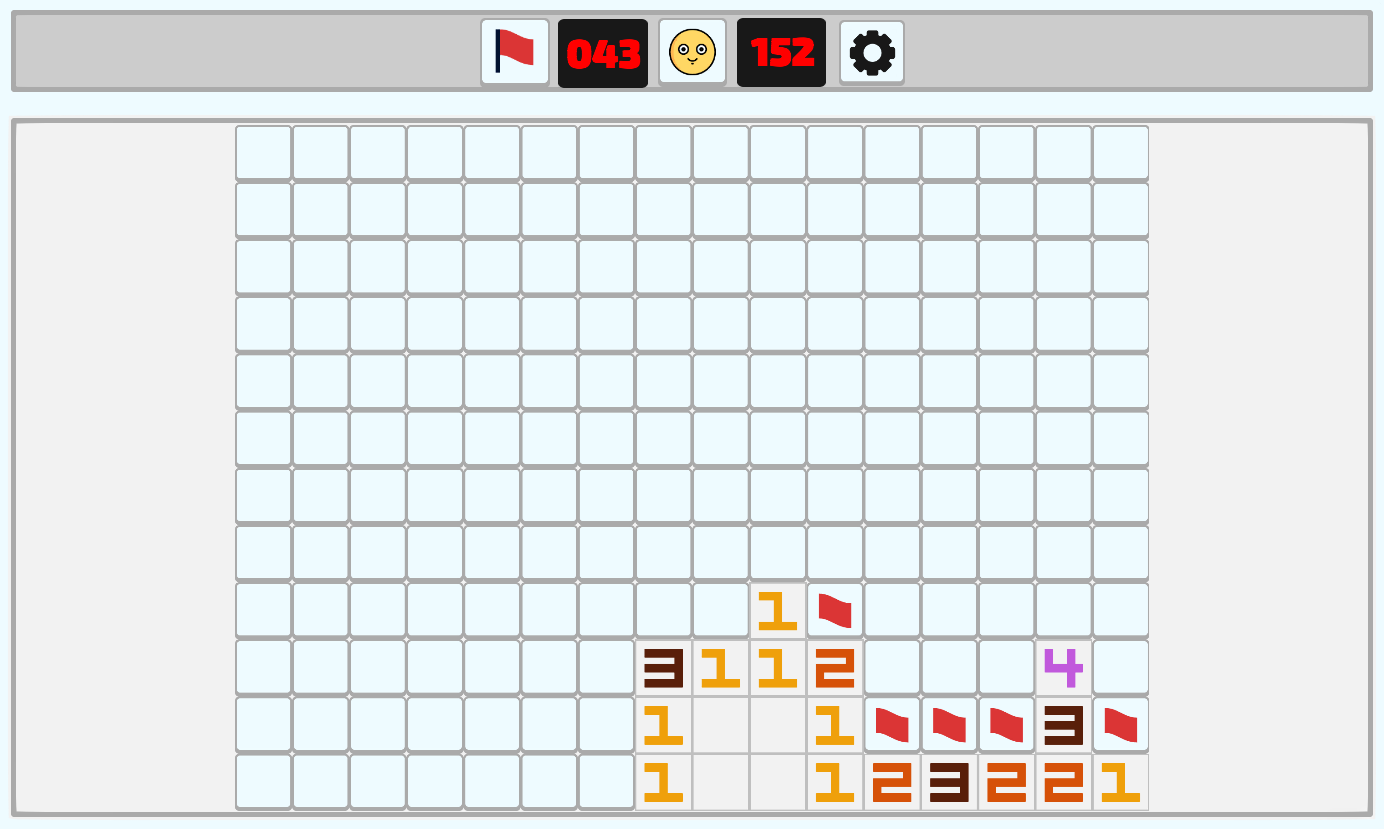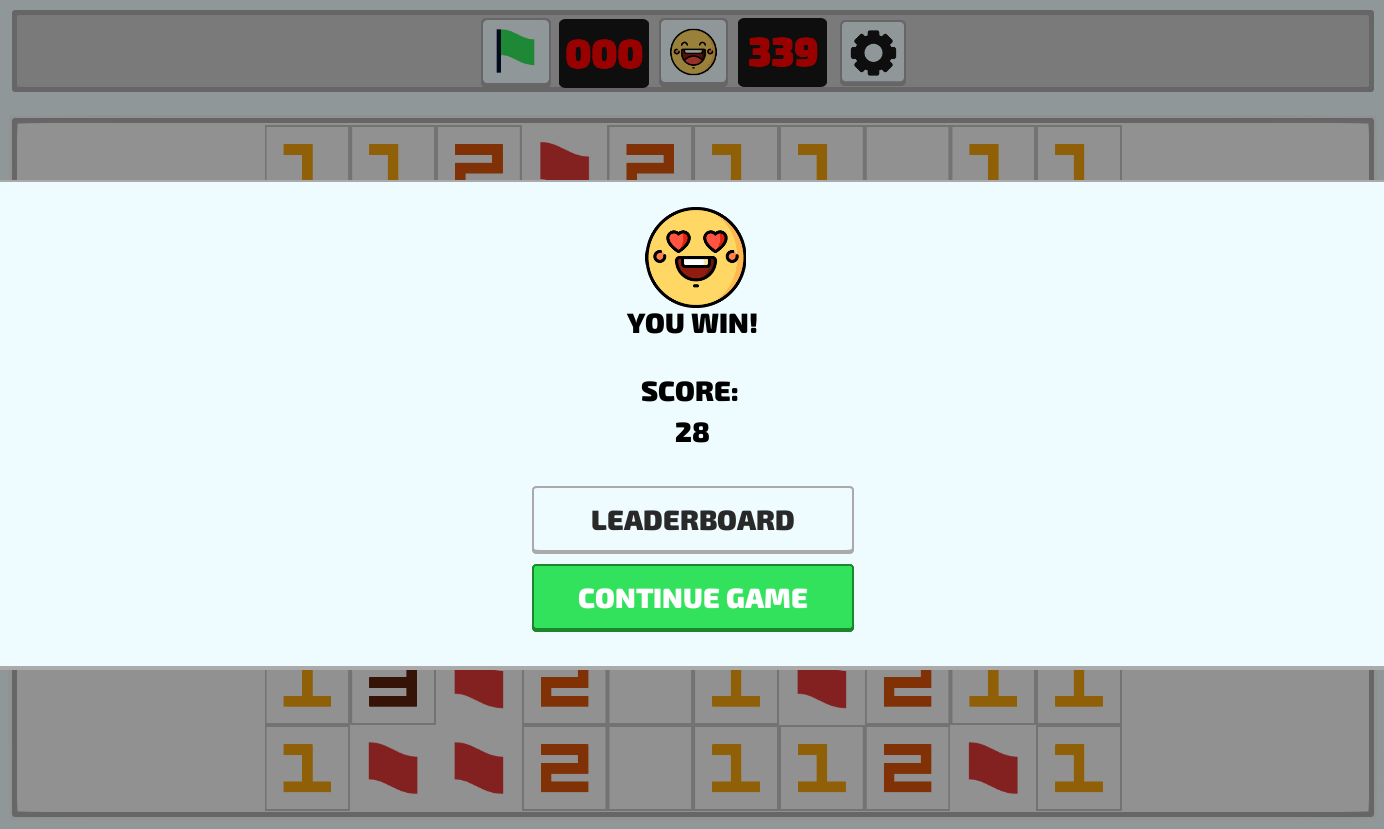How to Play Minesweeper: Tips for Beginners
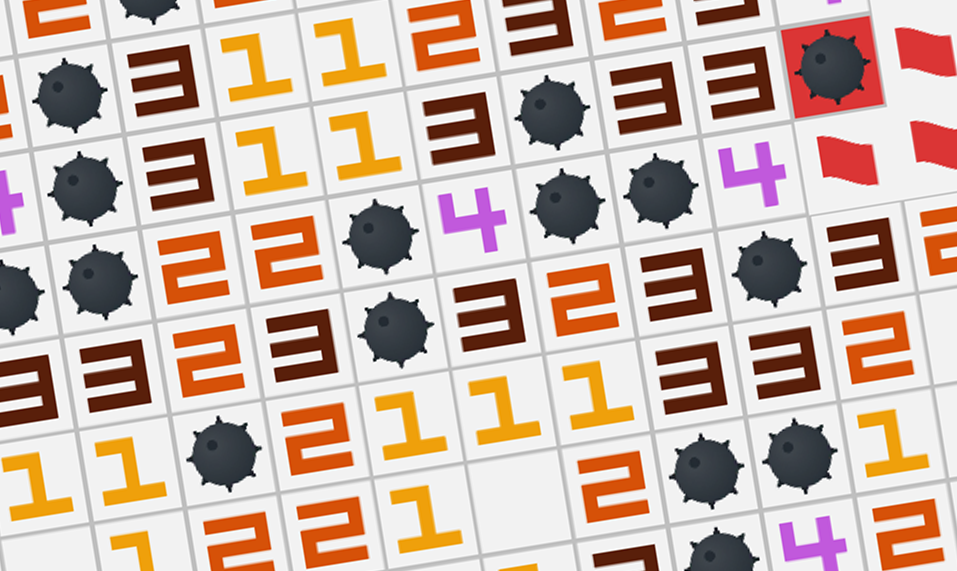
With its simple but engaging gameplay, Minesweeper offers the perfect blend of logic and strategy. It requires sharp critical thinking skills yet can be played in short sessions. Both methodical and fast-paced play styles have their merits. As you improve, you'll develop pattern recognition and sharpen your deduction skills.
While the basics are easy to grasp, Minesweeper offers hidden depths. You can refine your strategies over time to improve. For instance, learning common tile patterns, such as the 1-2-1 formation, can help you avoid unnecessary risks. And there are tips and tricks, like using chording (clicking a number with enough flagged mines to clear adjacent safe squares), that enthusiasts leverage for expert-level play.
At its heart, Minesweeper elegantly combines logic, risk, and probability. That timeless appeal keeps players hooked and constantly improving. With practice, you'll be sweeping mines like a pro. Just remember to have fun first and foremost — that's what keeps this classic game fresh.
Origins of the Minesweeper Game
First released in the 1960s, Minesweeper gained mainstream popularity when it was included in early Windows operating systems. With its minimalist design and strategic depth, it became a go-to puzzle game for PC users. The goal is straightforward — uncover every square without hitting a hidden mine.
The game was later included with Microsoft Windows starting package in the 1990s, making it a widespread productivity-draining pastime in offices and schools. Over the years, Minesweeper has evolved with speedrunning communities, competitive challenges, and even AI-solving algorithms. Although newer puzzle games have appeared, Minesweeper remains a test of pure logic and skill, which makes it a timeless classic.
Basic Rules of Minesweeper
Let's break down the fundamental gameplay:
1. Understanding the Grid
The game board consists of a grid of squares. Some squares hide a number, others hide a mine, and some are blank spaces. The goal is to clear all safe squares without clicking on a mine, which ends the game. For example, a beginner "9x9" grid has 81 total squares, with 10-15 of them hiding mines. You left-click on squares to reveal them and right-click to place flags on suspected mine locations.
2. Using Numbers to Navigate
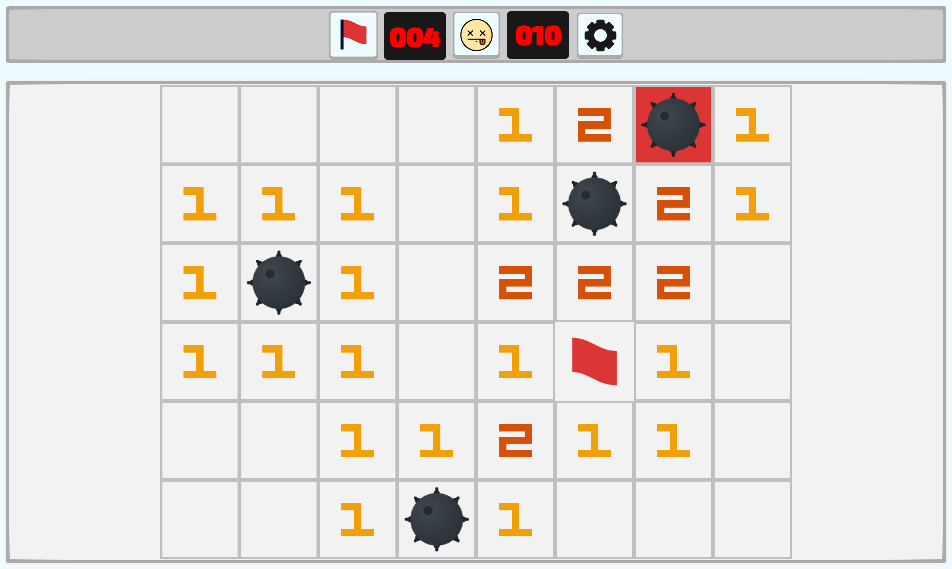
The numbers on revealed squares indicate how many mines are touching that square — including diagonals. If you clear a "3," there are exactly 3 mines in the 8 surrounding squares. Use these numbers to logically deduce mine locations. For instance, if a "1" is touching only one blank space, you know that square contains a mine.
3. Marking Mines and Clearing Spaces
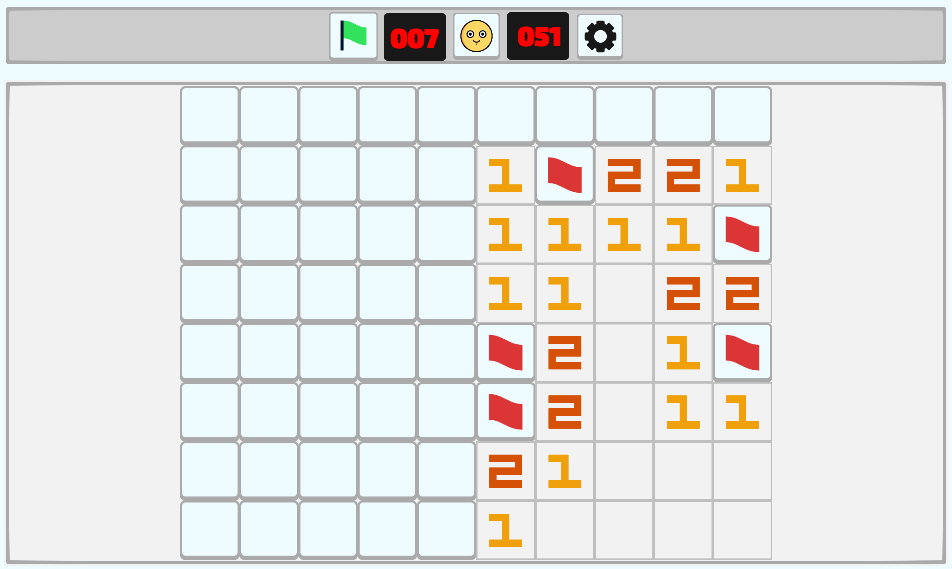
Right-click suspected mine locations to place flags. Then, use the revealed numbers to clear surrounding spaces once you've identified safe zones. For example, if a "2" has two flagged mines next to it, you know the other six touching squares must be safe to click. Always make deductions carefully — incorrectly flagging mines can lead to mistakes down the line.
What Makes Minesweeper Unique?
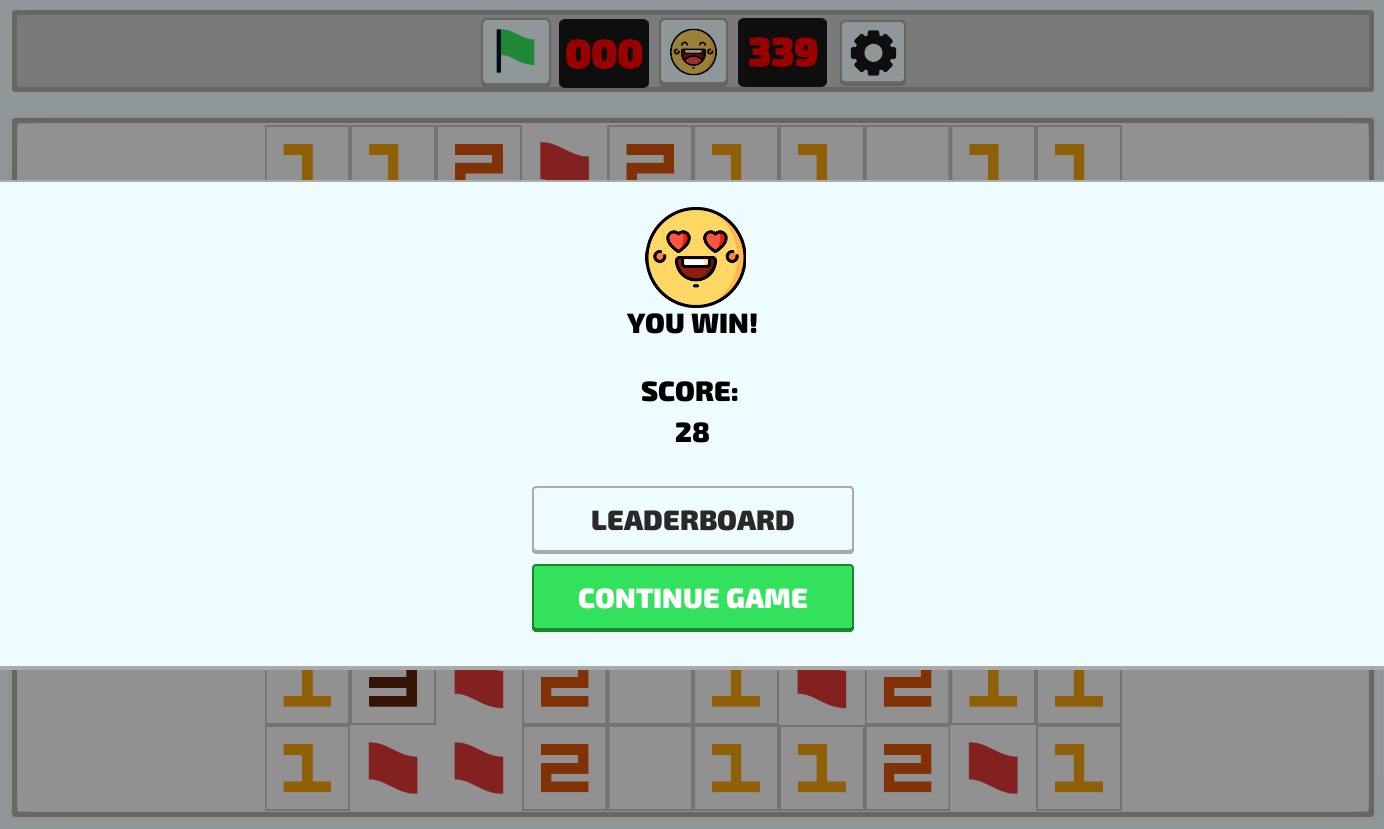
Unlike many games that rely on guesswork, Minesweeper is a game of pure logic. Players must carefully analyze the grid, using deductive reasoning to determine where mines are hidden. This focus on critical thinking is a major reason why Minesweeper has remained popular for decades.
The game is also notable for its simplicity. Compared to complex puzzle games, Minesweeper’s minimalist design keeps the focus on logic. Yet despite the lack of elaborate graphics or backstory, it remains deeply engaging.
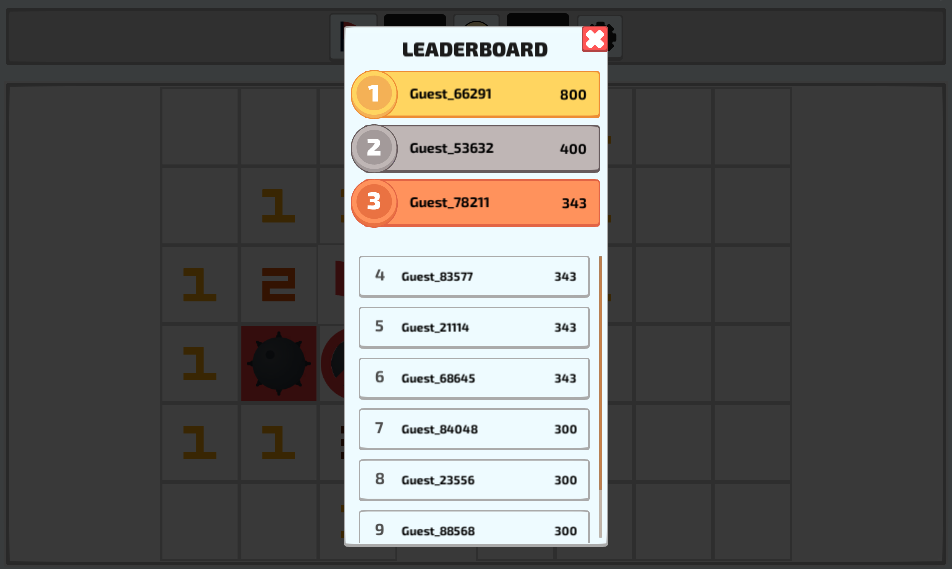
>Minesweeper is exceptional because it develops problem-solving skills. As players reveal more squares, they must recognize tile patterns, use spatial reasoning, and apply logical elimination techniques. These abilities translate well into real-world decision-making, which is why Minesweeper is sometimes used in education and cognitive training.
Finally, Minesweeper has a competitive edge. The rise of speedrunning challenges, where players complete grids in record times, has introduced an additional level of mastery to the game. Some experts can clear advanced grids in mere seconds using rapid deduction and perfect execution.
Take Your First Step Into Minesweeper!
Consider starting with a small beginner grid to understand the basics. Click squares carefully, pay close attention to number clues, and use logical deduction to determine which tiles to reveal or mark with flags.
Don't get discouraged if your first few games end quickly — failure is part of learning Minesweeper’s advanced logic. With practice, your strategy and speed will improve, allowing you to clear larger grids efficiently. You may even find yourself chasing faster completion times or experimenting with expert techniques.
Minesweeper offers a mental workout unlike any other classic game — give it a try today.










